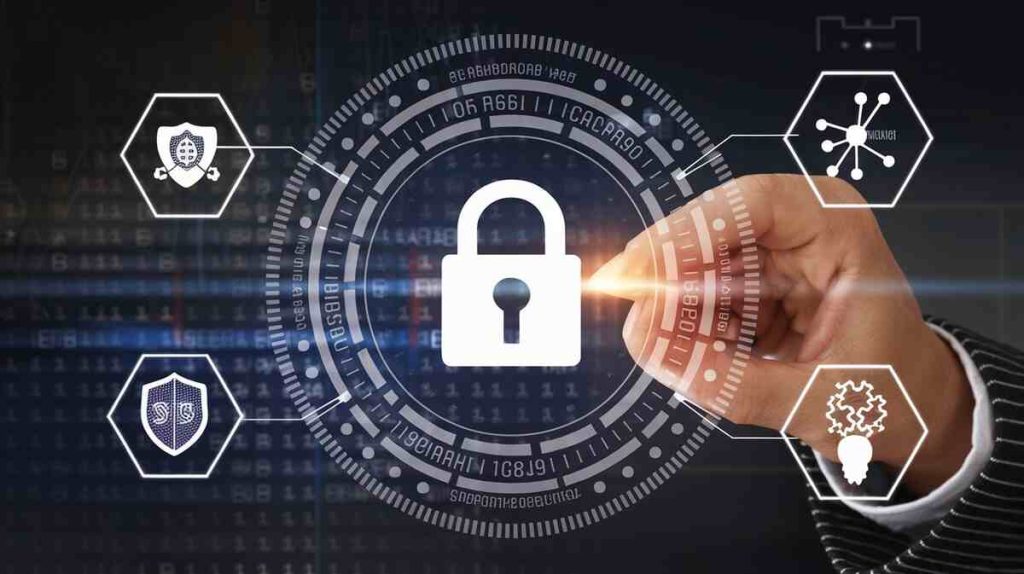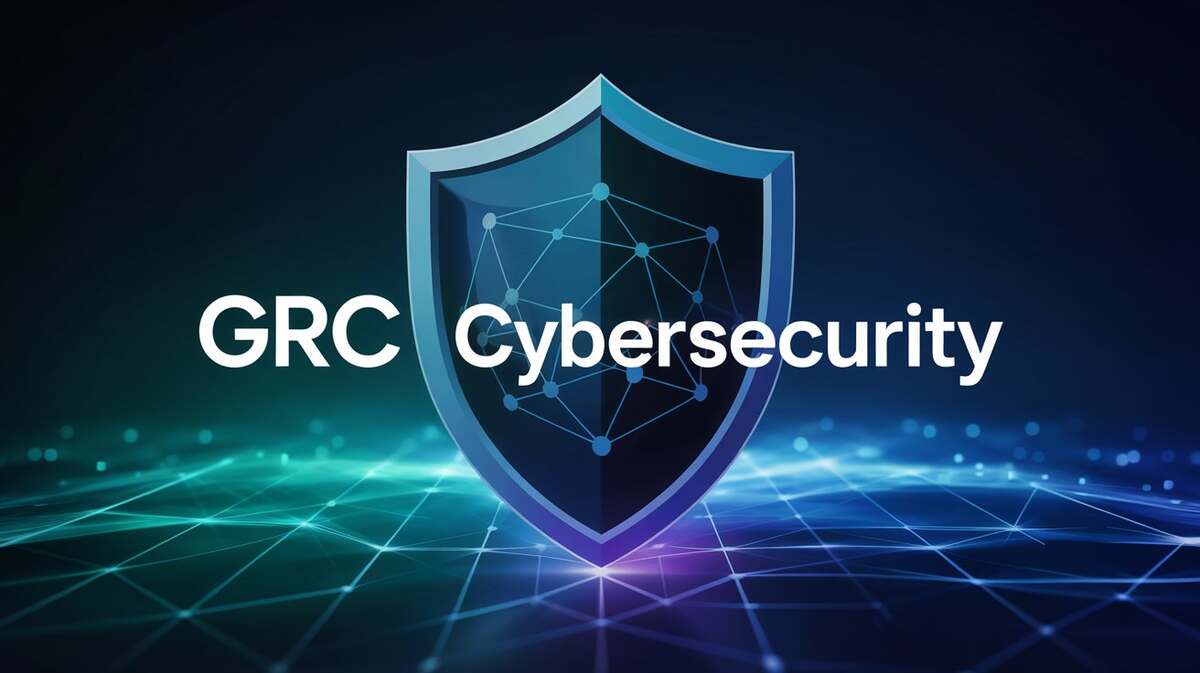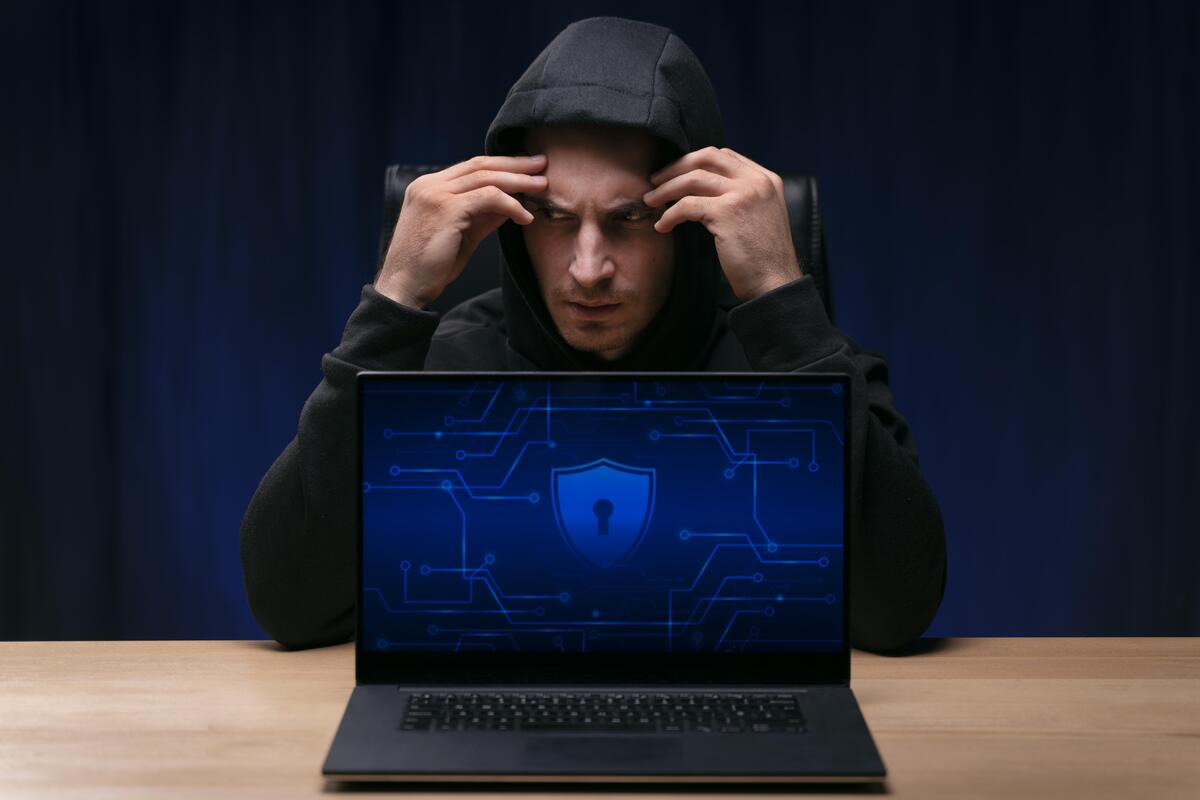In today’s connected world, data breaches and cyber-attacks are no longer rare occurrences but common threats that businesses face daily. Cybersecurity compliance has evolved from a regulatory checkbox to a vital company risk management strategy component. This blog explores cybersecurity compliance, its importance, key frameworks, and how businesses can effectively achieve and maintain it.
What is Cybersecurity Compliance?
Cybersecurity compliance involves adhering to legal, regulatory, and industry-specific standards to protect data and systems’ integrity, confidentiality, and availability. By following these standards, organizations can safeguard sensitive information and robustly defend against cyber threats.
 Key Elements of Cybersecurity Compliance
Key Elements of Cybersecurity Compliance
- Adherence to Regulations: Meeting local, national, and international legal requirements.
- Implementation of Security Controls: Deploying measures like firewalls, encryption, and multi-factor authentication.
- Regular Audits and Assessments: Continuously evaluating systems to ensure ongoing compliance.
- Incident Response Planning: Preparing strategies to handle breaches or other security incidents.
Why is Cybersecurity Compliance Important?
1. Legal Obligations
Frameworks like the GDPR, HIPAA, and PCI DSS mandate strict security protocols. Noncompliance can result in severe monetary damages and legal repercussions.
2. Data Protection
Cybersecurity compliance ensures the privacy and accuracy of sensitive data, prevents unauthorized access, and preserves client and stakeholder trust.
3. Reputation Management
A strong compliance posture signals to customers and partners that your organization values data security, fostering trust and enhancing your brand’s reputation.
4. Competitive Advantage
Compliance can differentiate your business, positioning it as a reliable and secure option compared to competitors.
5. Operational Efficiency
Adopting compliance measures often streamlines data management and reduces costs associated with breaches and data recovery.
Key Cybersecurity Compliance Frameworks
 1. General Data Protection Regulation (GDPR)
1. General Data Protection Regulation (GDPR)
The GDPR affects businesses handling EU citizens’ data, emphasizing explicit consent, data portability, and the “right to be forgotten.”
2. Health Insurance Portability and Accountability Act (HIPAA)
HIPAA mandates healthcare organizations implement security measures to protect patient data and ensure privacy.
3. Payment Card Industry Data Security Standard (PCI DSS)
PCI DSS requires businesses to securely handle, store, and transmit credit card data by maintaining secure networks and regularly monitoring systems.
4. Federal Information Security Management Act (FISMA)
FISMA mandates federal agencies and contractors to implement security programs to protect government data, requiring continuous monitoring.
5. ISO/IEC 27001
This global standard delivers a framework for managing sensitive company information through a comprehensive risk management process.
Steps to Achieve Cybersecurity Compliance
1. Understand Applicable Regulations
Identify relevant laws and standards for your industry and jurisdiction, such as GDPR or PCI DSS.
2. Conduct a Risk Assessment
Evaluate your systems to identify vulnerabilities and assess the potential impacts of various cyber threats.
3. Develop a Compliance Strategy
Create a strategy outlining policies, procedures, and controls to mitigate risks and meet compliance requirements.
4. Implement Security Controls
Deploy tools and technologies like firewalls, SIEM (Security Information and Event Management) systems, and access control mechanisms to protect data.
5. Employee Training and Awareness
Educate employees about compliance requirements and train them to identify and respond to potential threats.
6. Continuous Monitoring and Auditing
Regularly monitor systems and conduct audits to ensure security measures remain effective and compliant.
Challenges in Maintaining Cybersecurity Compliance
- Evolving Threat Landscape: Cyber threats continually evolve, requiring organizations to stay vigilant and adapt their security measures.
- Complex Regulatory Environment: Navigating multiple compliance requirements across jurisdictions can be daunting.
- Resource Constraints: Maintaining robust compliance programs demands significant technology, personnel, and time investments.
- Data Management Complexity: Data’s increasing volume and diversity make securing and managing information more challenging.
- Third-Party Risks: Ensuring vendors and partners comply with cybersecurity standards is critical to avoiding supply chain vulnerabilities.
Best Practices for Sustaining Cybersecurity Compliance
- Stay Informed: Keep up-to-date with regulatory changes, industry trends, and emerging threats.
- Leverage Technology: Adopt advanced tools like automated compliance management systems, vulnerability assessment software, and threat detection solutions.
- Foster a Security Culture: Encourage a company-wide focus on cybersecurity by training employees and promoting accountability.
- Engage Experts: Partner with cybersecurity professionals to navigate complex regulatory landscapes and enhance compliance efforts.
- Conduct Regular Audits: Periodic internal and external audits help identify weaknesses and ensure ongoing compliance.
- Develop an Incident Response Plan: Create a detailed plan outlining actions to take in case of a break, including containment, information, and recovery steps.
- Review and Update Policies: Regularly revise cybersecurity policies to address new threats and regulatory updates.
Conclusion
In an increasingly sophisticated era of cyber threats, achieving and maintaining cybersecurity compliance is essential for protecting your business and fostering stakeholder trust. By understanding regulations, implementing robust security measures, and promoting a culture of security awareness, your organization can stay resilient against evolving threats. Make cybersecurity compliance a priority today to safeguard your future in the digital world.

 Key Elements of Cybersecurity Compliance
Key Elements of Cybersecurity Compliance 1. General Data Protection Regulation (GDPR)
1. General Data Protection Regulation (GDPR)











